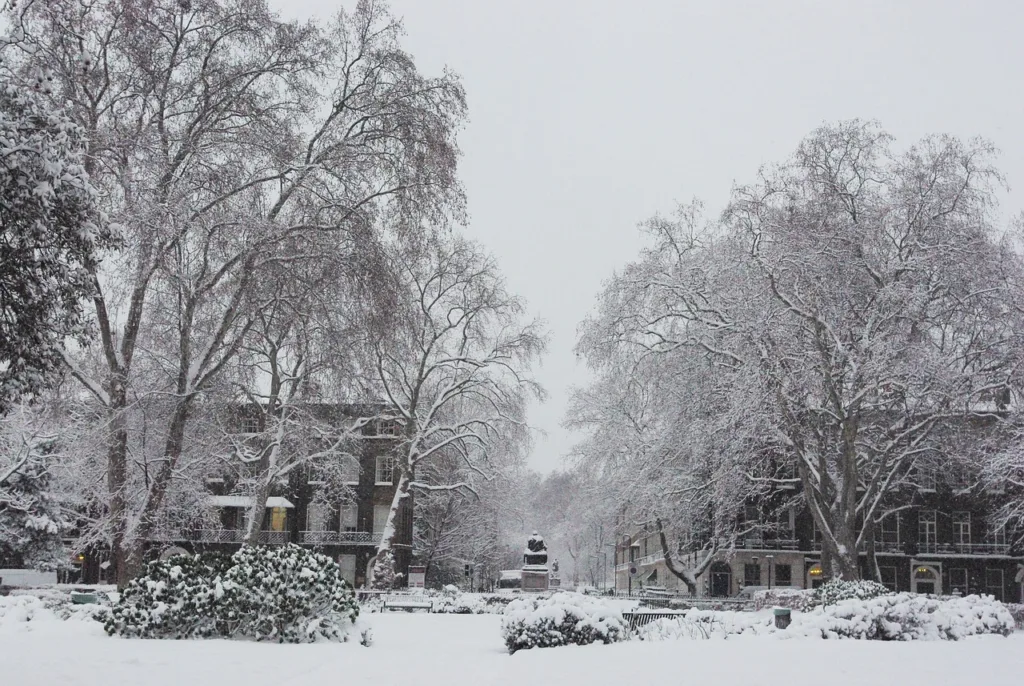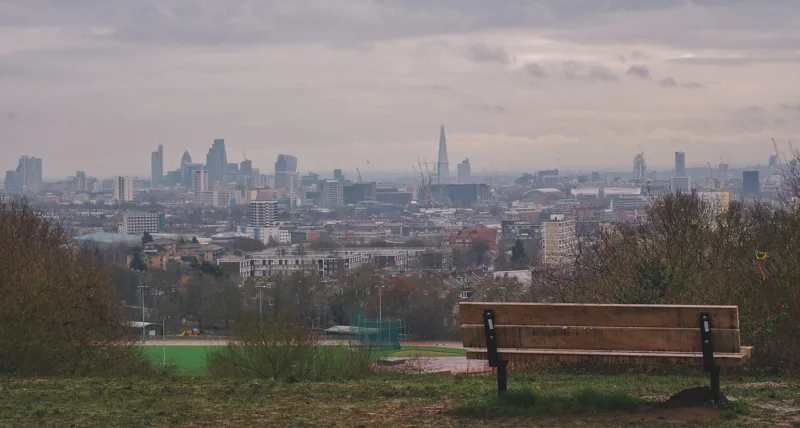When it comes to planning a trip or simply preparing for the day ahead, knowing the weather forecast is crucial. London, the vibrant capital of the United Kingdom, is known for its unpredictable weather patterns. In this article, we will dive deep into the intriguing world of London’s weather. From its ever-changing climate to the best times to visit, we’ve got you covered.
Understanding London’s Climate
London’s weather can be described as a temperate maritime climate. It’s characterized by mild temperatures, moderate rainfall, and a fair amount of cloudy days throughout the year. Let’s break down the seasons in London:

1. Spring Delights
Spring in London (March to May) is a time of awakening. The city’s parks burst into bloom, and temperatures start to rise. Expect pleasant days with temperatures averaging between 10°C to 15°C.
2. Sizzling Summers
Summer (June to August) in London can be surprisingly warm, with temperatures often reaching 25°C to 30°C. It’s the ideal time for outdoor activities, exploring parks, and enjoying festivals.
3. Autumn’s Charm
Autumn (September to November) brings a picturesque scene as the leaves turn golden. Temperatures gradually drop to around 10°C to 15°C, and you might encounter occasional rain.

4. Chilly Winters
London’s winters (December to February) are relatively mild compared to some other European cities. However, it can still get quite chilly, with temperatures ranging from 2°C to 8°C. Don’t forget to bring your coat!
London’s Infamous Rain
London is infamous for its rainfall, with approximately 106 rainy days a year. The city is no stranger to sudden showers, so it’s advisable to carry an umbrella or a waterproof jacket when exploring the city.

Best Time to Visit London
Now that you have an overview of London’s weather, the question arises: when is the best time to visit? Well, it depends on your preferences:
1. Springtime Serenity
If you enjoy mild weather and blooming flowers, visit in spring. March to May offers a refreshing atmosphere and fewer crowds.
2. Summer Bustle
Summer is perfect for outdoor enthusiasts and festival-goers. June to August is the peak tourist season, so be prepared for larger crowds.

3. Autumnal Beauty
For those who prefer milder temperatures and picturesque scenery, autumn is your best bet. September to November is less crowded, allowing for a more relaxed experience.
4. Winter Wonderland
While London’s winters are cooler, they bring a unique charm. If you’re a fan of festive lights and holiday markets, plan your visit from December to February.
How to Stay Updated
Now that you know when to visit, it’s essential to stay updated on London’s ever-changing weather. Numerous websites and apps provide real-time weather forecasts, including temperature, precipitation, and wind speed. Make sure to check these resources before heading out.
Conclusion
In conclusion, London’s weather is as diverse as the city itself. From the vibrant blooms of spring to the festive lights of winter, each season offers a unique experience. By understanding the climate and the best times to visit, you can make the most of your trip to this incredible city.
Frequently Asked Questions
1. Does it rain all the time in London?
- While London is known for its rain, it doesn’t rain all the time. There are plenty of dry days, especially in the summer months.
2. What’s the warmest month in London?
- July is typically the warmest month in London, with temperatures often reaching 30°C or higher.
3. Do I need to pack an umbrella when visiting London?
- It’s a good idea to pack an umbrella or a waterproof jacket, as rain showers can be frequent, even in the summer.
4. Are there any indoor activities in London for rainy days?
- Yes, London offers a wide range of indoor activities, including museums, art galleries, and theaters, perfect for rainy days.
5. Can I see snow in London during the winter months?
- London does experience occasional snowfall during the winter, but it’s relatively rare and doesn’t usually last long.









